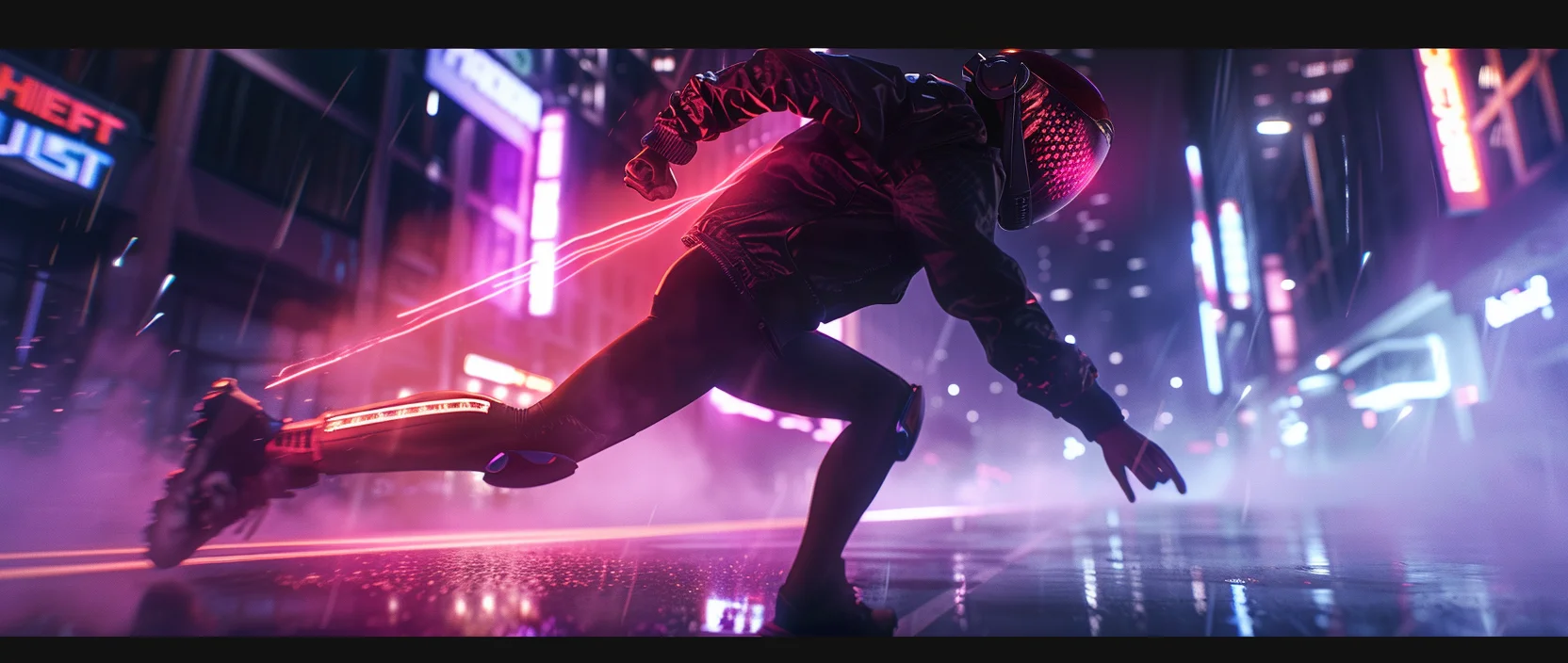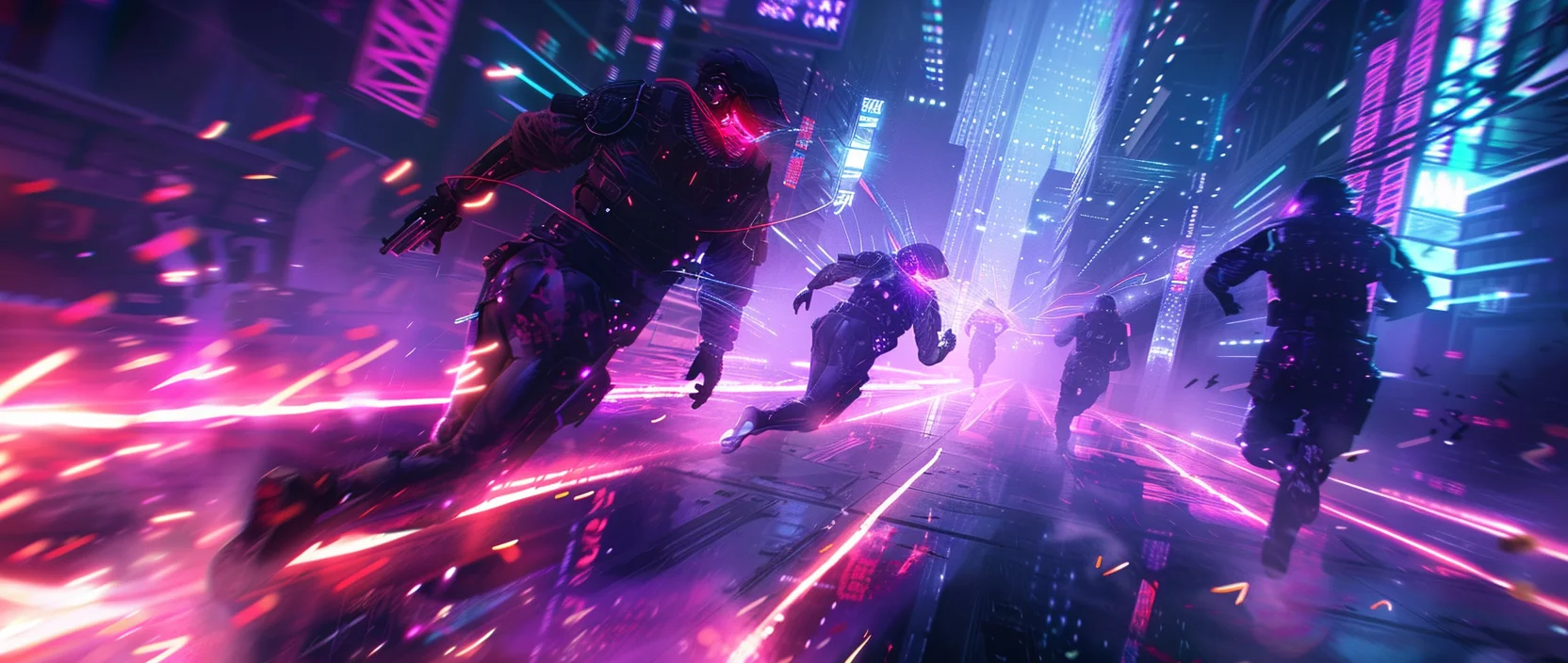Gear Runner is a revolutionary GameFi × Move-to-Earn project that combines fitness tracking, NFT mechanics, and blockchain rewards on TON. Users can walk, run, or cycle to earn tokens, energy fragments, and upgrade their gear — all directly within a Telegram MiniApp.
Table of Contents
- Gear Runner Overview
- Technology and Game Architecture
- Gear Modules — Core Upgrades
- How Move-to-Earn Works
- Project Alliance System
- Gear Runner Tokenomics and Economy
- Partnerships and Ecosystem Development
- Conclusion

1. Gear Runner Overview
Gear Runner positions itself as the first project to combine GameFi and Move-to-Earn within a Telegram MiniApp, eliminating the need for external downloads or complex setup.
Players earn $GEAR tokens and Tech Fragments through real-world physical activity — walking, running, or cycling. Unlike typical fitness apps, Gear Runner incorporates RPG elements, NFT-based modules, and cyberpunk-themed PvE encounters, offering a deeper and more immersive experience.
Gear modules enhance earnings, energy regeneration, and loot drop chances. The crafting and upgrade system adds progression depth, encouraging players to continuously evolve their gear.
Thanks to its Telegram-native format, Gear Runner is accessible to a wide audience, including Web3 newcomers. Its blend of simplicity, fitness gamification, and TON blockchain integration makes it a promising platform at the intersection of movement, gaming, and crypto economics.
2. Technology and Game Architecture
Built on the TON blockchain and operating as a Telegram MiniApp, Gear Runner offers instant access without app installations or wallet configuration, making it highly accessible.
Core components of the architecture include:
- Frontend — a Telegram MiniApp interface providing a seamless user experience inside the messenger;
- Backend — cloud-based servers handling player actions, reward calculations, and data sync;
- TON smart contracts — responsible for token logic, NFT ownership, and secure game mechanics;
- GPS tracker — measures user activity (e.g., walking, running, cycling) and converts it into energy and rewards;
- API integration — future support is planned for external fitness devices to enhance accuracy and engagement.
This hybrid of Web2 and Web3 technologies makes Gear Runner scalable, secure, and user-friendly, bridging blockchain functionality with real-world movement.
3. Gear Modules — Core Upgrades
At the heart of progression in Gear Runner are Gear Modules — unique NFTs players equip to boost resource collection and efficiency. Each module affects parameters like energy recovery, fragment yield, and overall earnings.
There are four main module types:
| Name | Effect |
|---|---|
| NeuroVisor | Increases the drop rate of rare Special Fragments |
| SynthGloves | Boosts collection of Tech Fragments |
| BioMesh | Speeds up energy regeneration |
| PhaseWalkers | Basic module that enables earning $GEAR through movement |
Modules come in six rarity tiers: Common, Uncommon, Rare, Epic, Legendary, and Divine. Equipping a full set of the same tier grants a passive earnings bonus — up to +20%.
Modules can be crafted, upgraded to level 30, and combined for stronger effects, using $GEAR tokens and Tech Fragments. This system encourages strategic gear management and personal progression styles.
4. How Move-to-Earn Works
The Move-to-Earn model transforms physical activity into in-game rewards through an energy-based system. The more active a player is in real life, the faster they progress in-game.
Key mechanics:
- 1 minute of movement = 20 energy units;
- Energy regenerates at a rate of 1 unit per 12 minutes, with a max cap of 500;
- Energy is consumed to earn $GEAR and Tech Fragments;
- Gear bonuses (e.g., rarity) increase reward efficiency;
- BioMesh modules further accelerate energy recovery;
- Tech Fragments are required for crafting/upgrading gear modules;
- Fragment types:
- Basic Fragments — universal crafting resource;
- Special Fragments — module-specific materials for high-level upgrades.
Such a system encourages consistent engagement and adds a layer of strategy: players must not only stay active but also manage their energy wisely, collect fragments, and upgrade their modules effectively. This creates a sustainable and motivating feedback loop that directly connects real-world physical behavior with in-game progression.

5. Project Alliance System
Alliances add a social layer to Gear Runner. Players can join alliances by spending $GEAR, gaining a bonus to earnings that scales from 5% to 50% based on alliance level.
Each alliance is managed by a leader who earns 3% of the entrance fees and 0.5% of weekly member earnings, incentivizing leadership and expansion.
As alliances grow in level, their members benefit from increasingly powerful passive boosts, fostering collaboration, strategy, and community development within the game.
6. Gear Runner Tokenomics and Economy
The $GEAR token is the core of Gear Runner’s in-game economy. It powers crafting, module upgrades, alliance entry, energy restoration, battle passes, and marketplace transactions.
The total supply is capped at 1 billion tokens, distributed as follows: 62% for player rewards, 15% for the team, 10% for liquidity, 10% for marketing and partnerships, 2% for presale, and 1% for airdrops.
New tokens are issued primarily as player incentives, and all token flows are governed by smart contracts. This system aims to sustain economic balance, avoiding inflation while maintaining strong user motivation over time.
7. Partnerships and Ecosystem Development
Gear Runner is actively building a network of partnerships with various blockchain and GameFi platforms, including projects like SquadVerse, TrustyFi, VitaWatch, SKOR, Tom Talk, MetaMars, DAC Platform, DigiGoal, M3 DAO, StarAI, and others. These alliances enable cross-community engagement, collaborative feature development, and deeper integration between Web3 gaming and the real world.
Thanks to this approach, Gear Runner’s impact extends beyond a single game — users’ physical activity can generate value across multiple ecosystem products. This positions the project as part of a broader network where everyday actions hold significance within the digital economy.
8. Conclusion
Gear Runner stands out among Move-to-Earn projects thanks to its flexible gameplay mechanics, well-designed tokenomics, and convenient Telegram-based format. The project blends fitness motivation, RPG elements, an NFT system, and social engagement through alliances — creating a balanced and immersive ecosystem. Independent sources highlight its rapid user growth, high retention rates, and innovative approach to GameFi.
Looking ahead, key areas for development include the launch of PvE combat, expanded integration with external platforms, support for fitness devices, and stronger community engagement. Gear Runner is well-positioned to establish itself as a leading force in Web3 gaming — where every real-world movement enhances a player’s progress and value in the digital realm.




